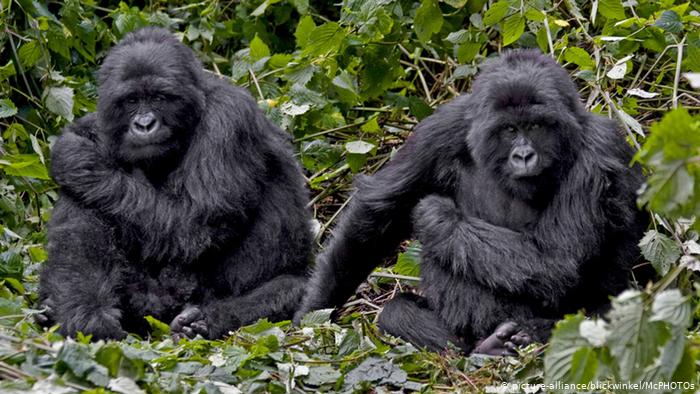Why are gorillas poached
Why are gorillas poached: Gorillas are mostly herbivorous, ground-dwelling primates that live in forests. There are four subspecies of gorillas worldwide, including mountain gorillas, eastern lowland gorillas, western lowland gorillas, and cross-river gorillas. They are classified into two species: the western gorilla (gorilla gorilla) and the eastern gorilla (gorilla berengei).

Lowland gorillas live in dense forests, swamps, and marshes at low elevations; western lowland gorillas are found in western African countries, while eastern lowland gorillas are found in the Democratic Republic of the Congo, close to its border with Rwanda. Mountain gorillas are found in the Albertine Rift Montane Dark Forests of the Virunga mountain range, which range in elevation from 2200 to 4300 meters above sea level.
A deadly and destructive attack on Africa’s endangered mountain gorillas occurred in the 20th century.
One of the biggest dangers to Rwanda‘s gorillas and other primates was poaching and illegal hunting.
Gorillas are poached for a variety of reasons, including food, the trade in bush meat, and traditional remedies.
In the past, hunters would shoot gorillas for their meat, using them as a food source for themselves and their family.
In traditional medicine, gorillas are prized for their trophies and body parts, which are utilized as a magical charm and in medicine. They were slaughtered so that their hands, feet, and heads could be sold to collectors.
According to the Bush meat trade, gorillas are slaughtered mainly to meet the enormous demand for meat in metropolitan areas, where eating ape flesh is seen as a mark of distinction among the wealthy elite.
Despite making up a relatively small percentage of all animals slaughtered for the Bush meat trade, gorillas are an easy target for hunters and are often preferred by them due to the weight of their marketable meat.
the kidnapping of babies for the illicit sale to zoos or researchers, among other things. Because adults and group members would fight to the death to protect their young, this frequently results in the death of the adult gorillas in the process.
Despite the gorillas’ poor rate of reproduction, even a moderate amount of hunting can result in a population collapse that may take many generations to restore. Poaching was the primary threat to the gorillas, along with habitat degradation, diseases, war and civil instability, and natural disasters.
However, snares and traps designed for antelopes and other forest animals also commonly kill gorillas without warning.



